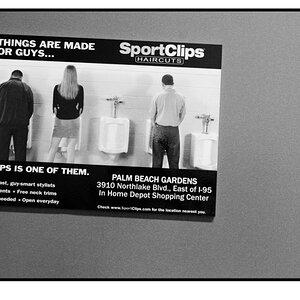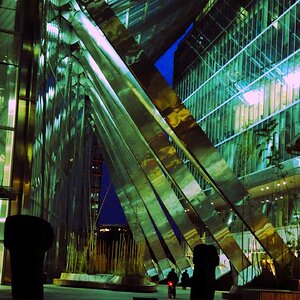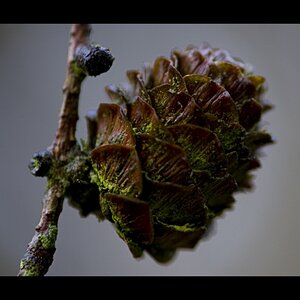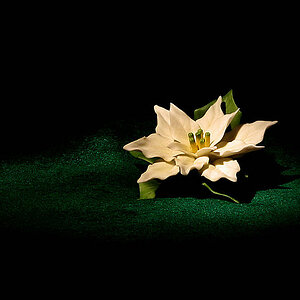NancyMoranG
Been spending a lot of time on here!
- Joined
- May 9, 2012
- Messages
- 2,881
- Reaction score
- 1,054
- Location
- Anywhere we want! Just us And the RV
- Can others edit my Photos
- Photos OK to edit
I am ordering PSE 11 today as my 1st pp product. I will be taking lots of beach photos, birds, sunrise/sets. This is an example of a scene. Sunrise was directly to the right and made very dark shadows in the grasses.
Options for handling this in pp or with filters? other settings? 1/400, 3.2, 13mm, ISO 200.
I used my Windows Photo to raise highlights and shadows.

Sandwich Creek sunrise by Nancy Moran G, on Flickr
thank you for the help!
Nancy
Options for handling this in pp or with filters? other settings? 1/400, 3.2, 13mm, ISO 200.
I used my Windows Photo to raise highlights and shadows.

Sandwich Creek sunrise by Nancy Moran G, on Flickr
thank you for the help!
Nancy






![[No title]](/data/xfmg/thumbnail/32/32704-68982e06c91b163f96186a4eb21d742f.jpg?1619735607)






